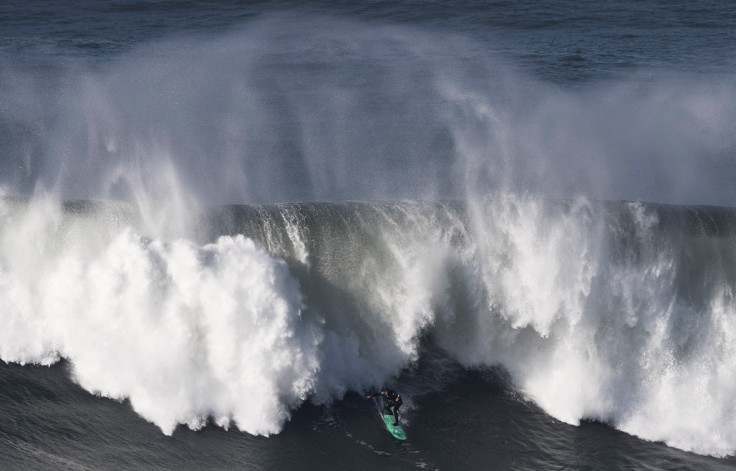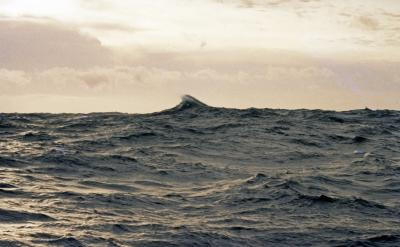Steepest ever rogue ocean wave measured in North Sea
The 'wall of water' was 21m high from crest to trough.

Dangerously large 'freak' waves happen much more frequently than previously thought, finds a study analysing one of the biggest rogue waves ever measured.
The wave – called the Andrea rogue – was a 100-metre-wide "wall of water" measuring 21m from crest to trough that sped through the North Sea between Norway and Scotland at 40 miles an hour, according to the paper published in the journal Scientific Reports. It was picked up by a four-point array at the Ekofisk oil platforms in the early hours of 9 November 2007.
The wave was the steepest of its kind ever recorded, and was also one of the highest.
"The Andrea wave was among the most roguish of all recorded rogues," write study authors Mark Donelan of the University of Miami and Anne-Karin Magnusson of Norwegian Meteorological Institute, Bergen, Norway, in the paper. It was the steepest of its kind ever recorded, and was also one of the highest.

A wave has to be uncommonly large in comparison with its surrounding waves to qualify as a rogue, also called a 'freak wave', but there is no absolute threshold for a wave to be classed as a rogue.
They occur much more frequently than previously thought, the study found, with roughly two happening every day when there was a storm at the North Sea site. The steepest and most dangerous rogues happened about once every three weeks.
At any given point in the ocean, the researchers calculated that there was a 1 in 2,637 chance of encountering a rogue. The chance of meeting one of the most extreme and steep rogues, like the Andrea wave, was about 1 in 133,361.
Unlike tsunamis, which are caused by earthquakes, the conditions that cause rogue waves aren't very well understood. One factor known to be partly responsible is when multiple waves pass through one spot at the same time, they effectively reinforce one another, leading to a much larger wave, according to the US's National Ocean and Atmospheric Administration.
Another factor is when the wave energy becomes focused in one particular spot. This happens when waves form along currents going against the prevailing direction, and join together with other waves.
"Rogue waves are known to have caused loss of life as well as damage to ships and offshore structures," said Donelan in a statement. "Our results, while representing the worst-case rogue wave forecast, are new knowledge important for the design and safe operations for ships and platforms at sea."
© Copyright IBTimes 2025. All rights reserved.






















